The dominant international story of the year has been Ukraine. It has marked the return of Europe to the centre of world affairs, of geopolitics, of territorial disputes and of largescale force and ground wars not experienced since 1945. This article looks back on the crisis in a longer-term and broader reflective analysis of four intertwined threads.
The first is the issues involved. The big-picture structural issue is the post-Cold War order in Europe and the place of a shrunken and much-diminished Russia in the European security order and architecture. After all, the problem of German power was ‘solved’ by two world wars plus the division of Germany on either side of the Iron Curtain. The rigid military, political and economic division under US and Soviet imperial umbrellas ran along the spine of Europe. By contrast the great power competition in the Pacific, which was primarily maritime unlike the chiefly continental contest in Europe, was not settled by the second world war. Instead the US, Russia, China and Japan are still jostling in the crowded strategic space. It’s also more complex, where all four have to re-adjust to the fall of Japan and now also Russia from great power status, the return of China to that status and its continued rapid rise on all dimensions of power, and first the absolute dominance and now the relative waning of the US and the regional order constructed around its primacy. It also took two world wars to make the transition from the UK to the US as the global hegemon, with the Soviet Union as a pretend peer power to contest US hegemony.
The end of the Cold War set in motion the implosion of the Soviet Union with accompanying impoverishment and collapse of Russian power. Russia’s nose was repeatedly rubbed in the dirt of its historic defeat with the ignominious retreat from Afghanistan, the contemptuous dismissal of its interests and concerns in Kosovo, Iraq, Libya, Syria and, most consequentially, around its western borders as Nato inched ever closer. Russia’s unchecked continued decline and loss of power, influence, economic weight, diplomatic heft and status has provided cover to the West’s neglect of satisfactory arrangements for Russia’s place in Europe. The proximate causes of the war are the place of Ukraine between East and West, Nato’s eastwards expansion, Putin’s lament of Soviet collapse as a catastrophe and revanchism, and his desire to exploit the debacle of US withdrawal from Afghanistan and perceptions of Biden as a cognitively challenged weakling. If Russia should ultimately prevail in its key war aims in Ukraine and reassert its great power status, Nato as well as Ukraine will be the big losers. If Russia is defeated and permanently weakened, Ukraine and eastern and northern Europeans will rejoice and Nato will emerge as unchallengeable in the North Atlantic.
The second question is who are the conflict parties. The immediate parties are Russia and Ukraine, with neighbouring eastern European states involved to varying degrees in funnelling arms (Poland) and as staging posts (Belarus). But the main conflict parties are Russia and the US-led West. In a very real sense, Ukraine’s territory is the battleground for a proxy war between Russia and the West that reflects the unsettled questions since the end of the Cold War. This explains the ambivalence of most non-Western countries. They have considerable sympathy for the argument that Nato was insensitively provocative in expanding to Russia’s very borders but are also offended by Russia’s war of aggression. In addition, they perceive the willingness of Western powers to weaponise the dominance of international finance and governance structures as a threat to their sovereignty and security. There will be renewed interest in the de-dollarisation of global trade and finance, but the practicality of the efforts is yet to be determined. The impressive Western unity therefore stands in stark contrast to the sharp divide from the rest.
The third question is the likely trajectories of the conflict in the new year and beyond. There’s unlikely to be any settlement before a mutually hurting stalemate is reached – the point where each side believes that the cost of continuing with conflict will exceed the pain of a negotiated compromise that meets bottom lines without satisfying all war aims. Russia has imposed heavier costs on Europe by weaponising its dominance of energy supplies than it has suffered from sanctions. The US has managed to bleed Russia heavily by arming Ukraine without putting its troops into battle on land, sea or air. Ukraine has surprised friends and foe alike by the success of its resistance. Putin has exposed the hollowness of Russia’s image as a formidable military power. Portrayals of Russia as a threat to Europe more broadly will be laughed out of court after this. All that said, the risk is if the West pursues outright defeat and humiliation of Russia, Putin might yet resort to the use of nuclear weapons that will end in catastrophe for all. All sides have been extremely careful thus far to avoid any direct Russia-Nato clash. But will Nato be seduced by the temptation of regime change in Moscow, or Ukraine’s call for this, into rejecting opportunities for an end to the conflict before costs begin to exceed gains? Even short of that, it’s hard to see Russia giving up Crimea: it’s too important from a purely strategic point of view. For the present, though, both the timing of when to commence serious negotiations as well as the terms of a settlement that’s minimally acceptable to all the main conflict parties will depend on the course of the war. Typically, negotiated ceasefires and peace agreements are preceded by intensified fighting as all sides seek to create facts on the ground to strengthen their bargaining positions when talks begin around the conference table.
Meanwhile the fourth and final question is what lessons can be drawn from the war so far already. Among the most important is the limited utility of nuclear weapons for coercion and blackmail. Russia has the world’s biggest nuclear arsenal (5,977 warheads compared to 5,428 held by the US), Ukraine has none. Despite this, and contrary to everyone’s expectations, Ukraine refused to be cowed by Putin’s bellicose rhetoric of nuclear-tipped threats and has fought back with great skill and grim determination. In recent months it’s gained the battlefield momentum. Nor has the nuclear reality prevented the West from supplying Ukraine with extremely lethal and highly effective armaments. To date, political, economic and reputational costs to Russia of serial threats exceed initial battlefield gains. Recent Russian military reverses confirm that greater numbers are of little consequence against technological superiority, training and leadership.
In addition, the year has also demonstrated the limited utility of war itself in modern conditions and reconfirmed the extreme unpredictability of the course of conflict and the outcome of war. And finally, the changing contours of the Ukraine war have likely concentrated President Putin’s mind on the leadership costs of failure. The threat to his hold on power and possibly to his freedom and life is greater from nationalist hardliners than from liberal Russians.
Got something to add? Join the discussion and comment below.
Get 10 issues for just $10
Subscribe to The Spectator Australia today for the next 10 magazine issues, plus full online access, for just $10.
You might disagree with half of it, but you’ll enjoy reading all of it. Try your first month for free, then just $2 a week for the remainder of your first year.

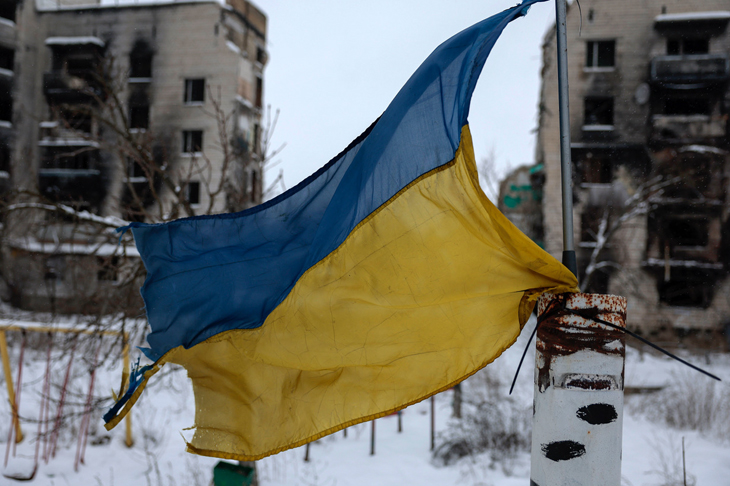

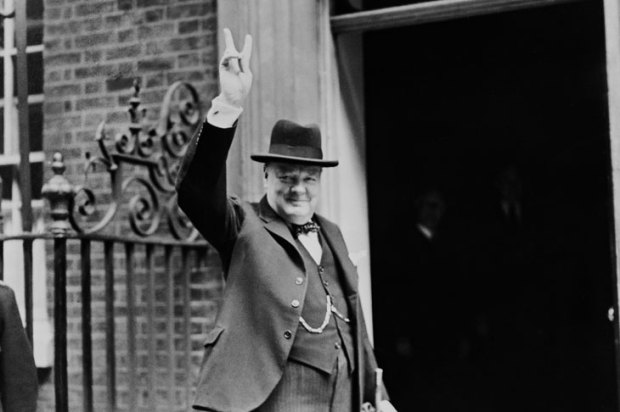
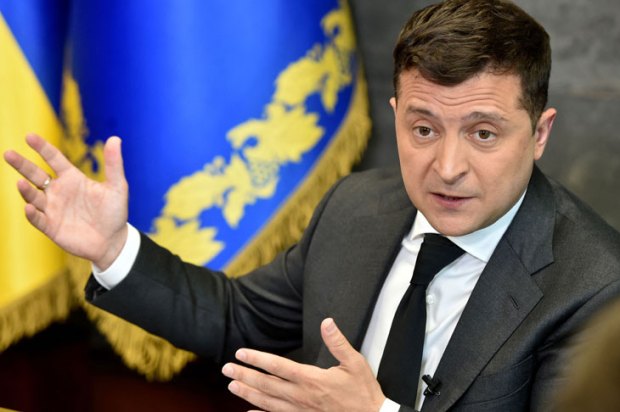

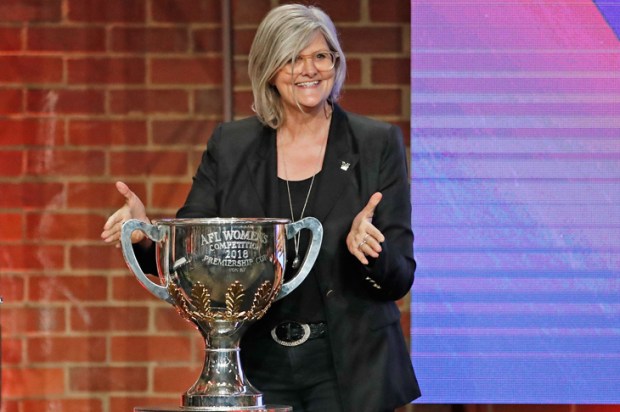
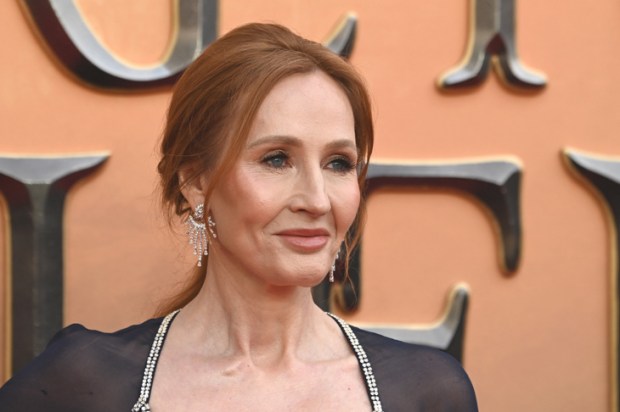






Comments
Don't miss out
Join the conversation with other Spectator Australia readers. Subscribe to leave a comment.
SUBSCRIBEAlready a subscriber? Log in